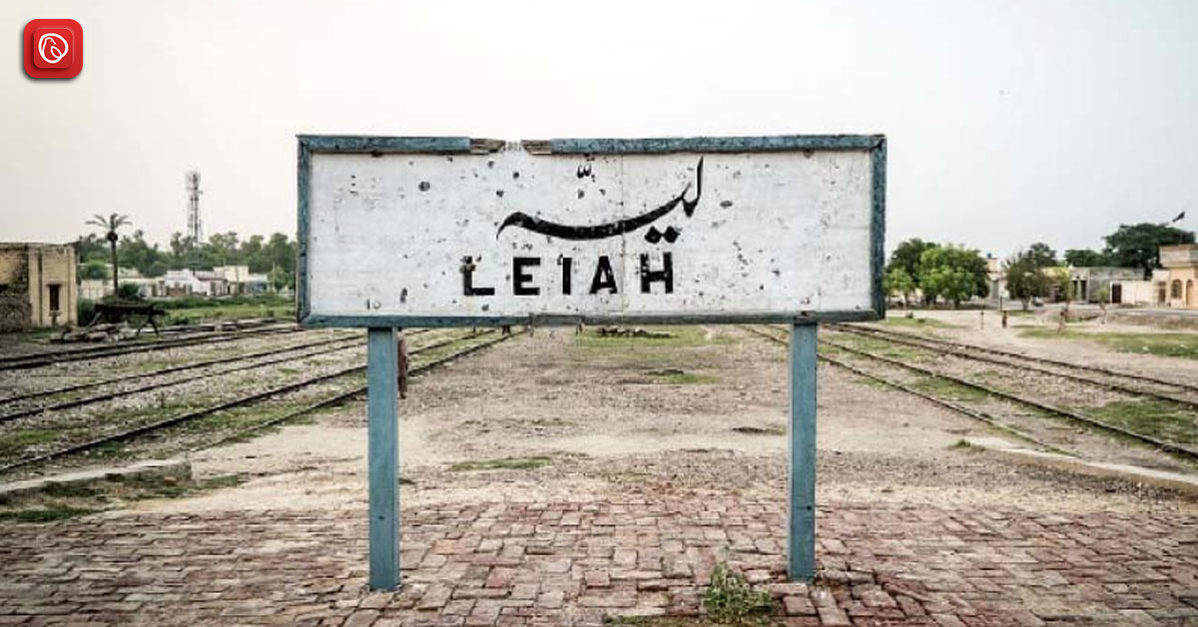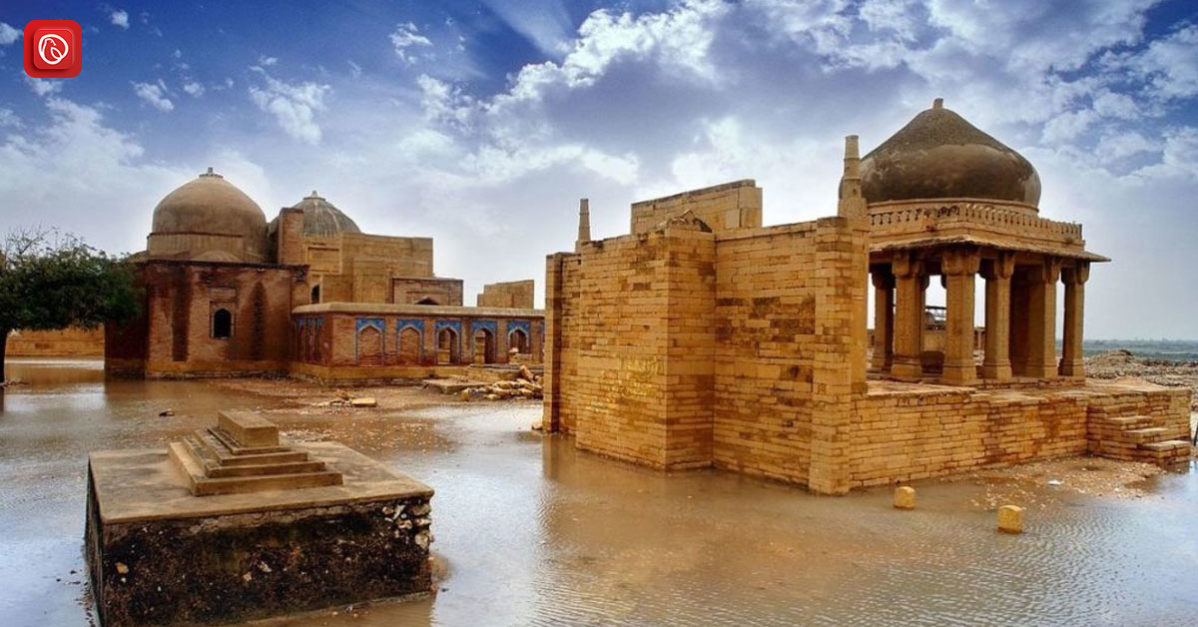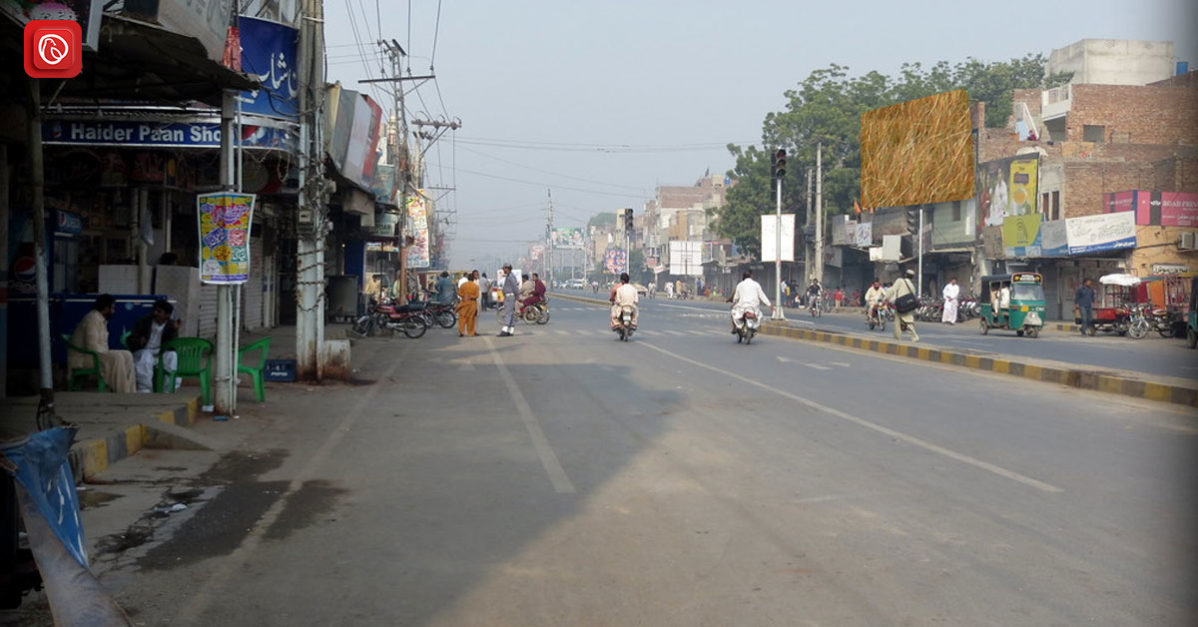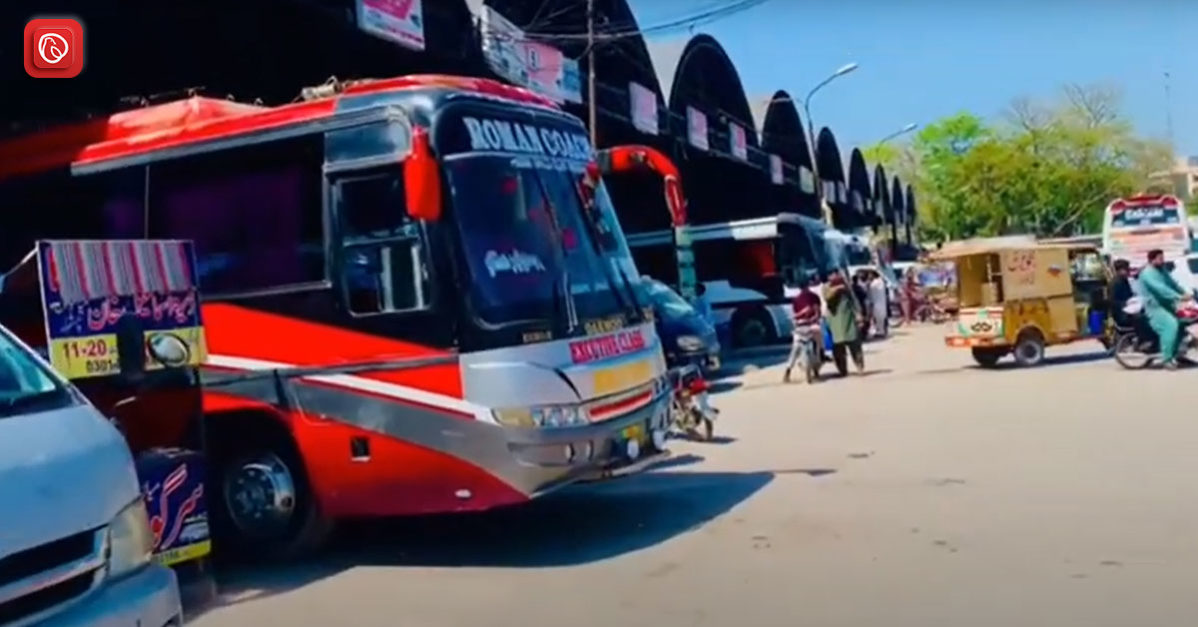Layyah is a district situated in the southern part of Punjab province in Pakistan. It is bordered by the districts of Bhakkar, Khushab, Dera Ghazi Khan, Muzaffargarh and Multan. The district headquarters, also named Layyah, serves as a hub of administrative, commercial, and cultural activities for the region.
The economy of Layyah primarily revolves around agriculture, with fertile lands supporting the cultivation of crops such as wheat, cotton, sugarcane, and citrus fruits. Irrigation from the Indus River and its tributaries plays a crucial role in sustaining agricultural productivity. Additionally, livestock farming is also a significant aspect of the local economy.
Graana.com has prepared a detailed guide about Layyah, highlighting its geography, history, culture, educational landscape, and several other aspects.
History
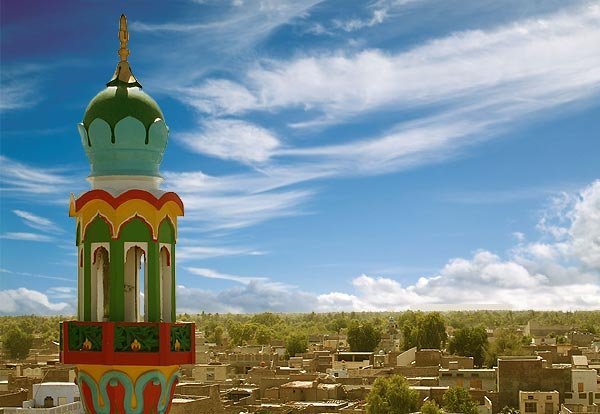
Kamal Khan Mirani, a descendant of Ghazi Khan Mirani, founded the town of Layyah around 1550. Initially situated in the Multan province of the Mughal Empire, the town’s control shifted from the Mirani rulers to the Jaskani Baloch’s around 1610, who governed it until 1787. Abdun Nabi Sarai was appointed as Governor by Timur Shah Durrani during this period, but later governance was transferred to Muhammad Khan Sadozai, who moved his seat of Government to Mankera.
In 1794, Layyah gained historical significance when Humayun Shah, a rival claimant to the throne of Kabul, was captured near the town. Zaman Shah ordered his eyes to be put out, solidifying Layyah’s place in regional history. During Sikh rule, Layyah regained importance as an administrative centre for the surrounding area.
After British occupation in 1849, Layyah briefly served as the headquarters of a Civil Administrative Division before being downgraded to a Tehsil headquarters under Dera Ismail Khan. Subsequently, in 1901, Layyah was incorporated into the new Mianwali District, and later became part of Muzaffargarh District.
However, in 1982, Layyah regained its administrative status when its Tehsil was upgraded to a District headquarters. This new District comprised three Tehsils: Layyah, Karor, and Chaubara. The municipality of Layyah was established in 1875, further solidifying its role as a growing urban centre within the region.
Geography
Layyah expands over approximately 6,291 square kilometres. It is located amidst the vast and fertile plains that characterise the region. The district is traversed by the majestic Indus River, a lifeline for the agricultural activities that form the backbone of its economy. Numerous canals, including the Taunsa Barrage and the Dera Ghazi Khan Canal, branch out from the Indus, facilitating irrigation across vast stretches of arable land.
The landscape of Layyah is a patchwork of verdant fields and orchards, contributing to its reputation as an agricultural heartland. The district’s semi-arid climate, characterised by hot summers and mild winters, provides favourable conditions for year-round cultivation.
Beyond its agricultural significance, Layyah boasts natural beauty that captivates visitors and residents alike. The scenic vistas, particularly along the banks of the Indus River, offer tranquil retreats amidst the bustle of rural life. Despite its geographical challenges, including occasional floods and water scarcity issues, Layyah perseveres as a testament to the resilience and resourcefulness of its inhabitants.
Languages and Communities
Layyah is a melting pot of languages and communities, reflecting the cultural mosaic of southern Punjab. Saraiki and Punjabi are the predominant languages spoken.
However, Layyah is also home to communities that speak Pashto and Sindhi, adding to its linguistic diversity. Despite these differences, Layyah’s communities coexist harmoniously, united by shared values and traditions that transcend linguistic and cultural barriers.
From the bustling bazaars of its urban centres to the tranquil villages located in the countryside, Layyah’s communities form the vibrant tapestry of its cultural heritage.
Culture
The culture of Layyah District is deeply rooted in the traditions, customs, and values of its diverse population. Influenced by centuries of history and heritage, the cultural fabric of Layyah reflects a blend of indigenous practices, Islamic traditions, and regional influences.
One of the defining aspects of Layyah’s culture is its emphasis on hospitality and community ties. Social gatherings, such as weddings, festivals, and religious celebrations, provide opportunities for community members to come together, share joyous moments, and strengthen social bonds.
Religion also plays a significant role in shaping the cultural identity of Layyah. Most of the population is Muslim, and Islamic traditions and values permeate various aspects of daily life. Traditional handicrafts, such as pottery, embroidery, and woodwork, showcase the artistic skills passed down through generations.
Additionally, the local cuisine of Layyah features flavourful dishes inspired by Punjabi and Saraiki culinary traditions, with staples like chapati, saag, and lassi being popular favourites.
Through a combination of preservation efforts and adaptation to changing times, Layyah’s rich cultural tapestry continues to thrive, serving as a source of unity and resilience for its inhabitants.
Higher Education Opportunities
In recent years, Layyah has emerged as a hub of higher education, offering a myriad of opportunities for aspiring scholars. Institutions such as the University of Layyah and Govt. College University Faisalabad provides a diverse array of academic programs, empowering students to pursue their passions and dreams.
With a focus on innovation and excellence, Layyah’s educational institutions are shaping the future leaders and thinkers of tomorrow, fostering a culture of learning and discovery that will propel the district forward into a new era of progress and prosperity.
Road Network
Layyah District boasts a network of roads that connect its towns, villages, and urban centres, facilitating transportation and commerce within the region. The road network includes both paved highways and unpaved roads, serving various purposes and catering to different transportation needs.
Several major highways traverse the district, including the National Highway N-5, which runs through Layyah town and connects it to other major cities in the region such as Lahore, Islamabad, Multan, and Dera Ghazi Khan.
Additionally, a network of provincial highways and arterial roads links the district to neighboring districts and regions. These initiatives include road widening, construction of bridges and flyovers, and the rehabilitation of existing roads to ensure better access for residents and facilitate the movement of goods and services.
Main Towns
Layyah District is home to several towns and urban centres that serve as important hubs for commerce, administration, and cultural activities. Among the main towns in the district are:
- Chowk Azam: Located in the eastern part of the district, Chowk Azam is a bustling town known for its vibrant markets and commercial activities. It serves as a key trading centre for agricultural produce and goods.
- Karor Lal Esan: Situated in the western part of the district, Karor Lal Esan is an important town known for its historical significance. It boasts ancient landmarks and monuments, attracting tourists and history enthusiasts.
- Fatehpur: Located in the northern part of the district, Fatehpur is a prominent town known for its agricultural productivity. It is surrounded by fertile lands and serves as a centre for agricultural trade and services.
- Chobara: Positioned in the southern part of the district, Chobara is a town renowned for its picturesque landscapes and serene surroundings. It is a popular destination for nature lovers and outdoor enthusiasts.
Agriculture and Livestock
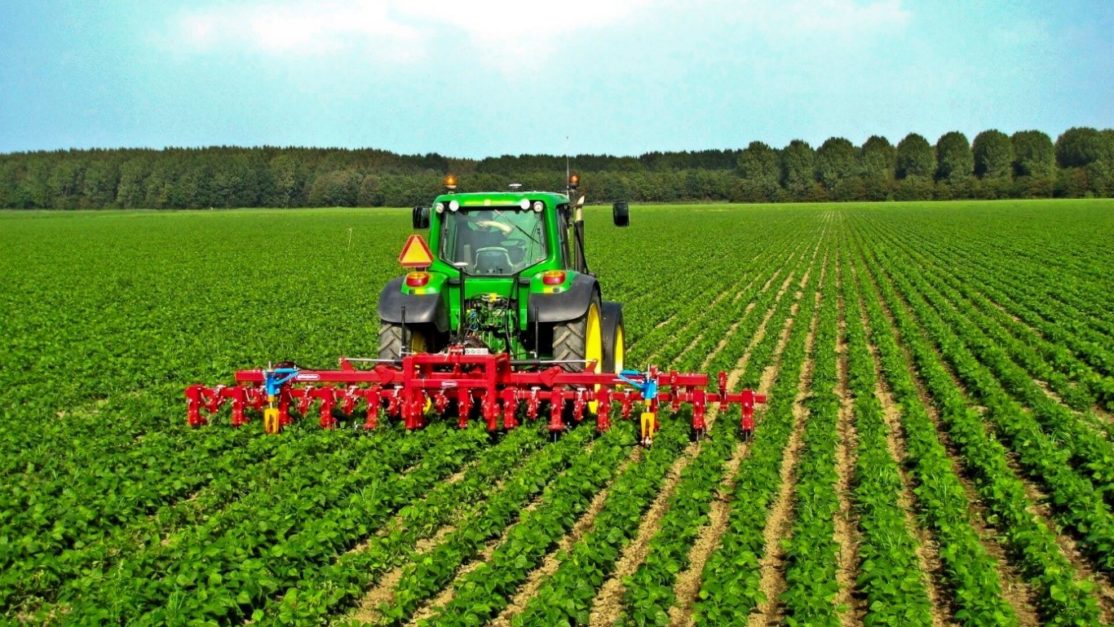
Agriculture serves as the backbone of Layyah District’s economy, with the fertile lands and favourable climatic conditions supporting a variety of crops. The cultivation of wheat, a staple food crop, is widespread across Layyah, with farmers employing modern techniques to increase yields. Sugarcane cultivation is also prevalent, with several sugar mills in the district processing the crop into sugar and other by-products.
Livestock farming is another important component of Layyah’s agricultural sector, with dairy farming, poultry, and cattle rearing being common practices. Livestock provides dairy products, meat, and other by-products, contributing to both the local economy and food security.
Industry
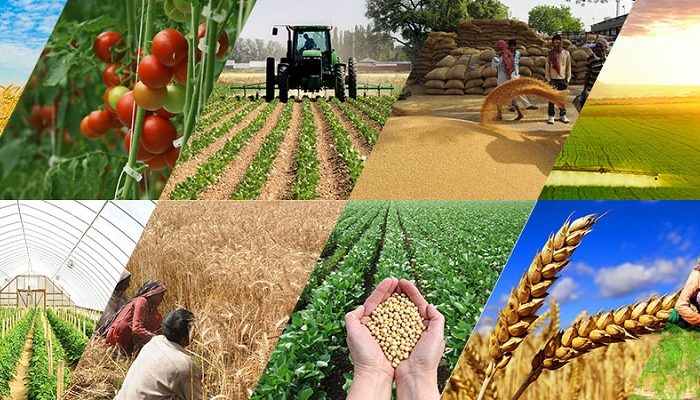
There are some small-scale industries operating in the district, contributing to its economic landscape. These industries primarily focus on agro-processing, textiles, and small manufacturing enterprises.
One notable aspect of Layyah’s industrial scene is the presence of agro-based industries, which capitalise on the district’s agricultural resources. These industries include flour mills, rice mills, and oil extraction units. They process agricultural produce into value-added products for local consumption and export.
Also, there are small manufacturing enterprises involved in the production of construction materials, furniture, and handicrafts in Pakistan. These industries provide employment opportunities for residents and contribute to the district’s economic diversification. Despite the presence of these industries, Layyah faces challenges such as inadequate infrastructure and a shortage of skilled labour.
Conclusion
From its storied history to its vibrant present, Layyah embodies the spirit of resilience, creativity, and progress. As the district continues to evolve and grow, one thing remains clear: Layyah’s future is bright.
For more information visit Graana blog.
